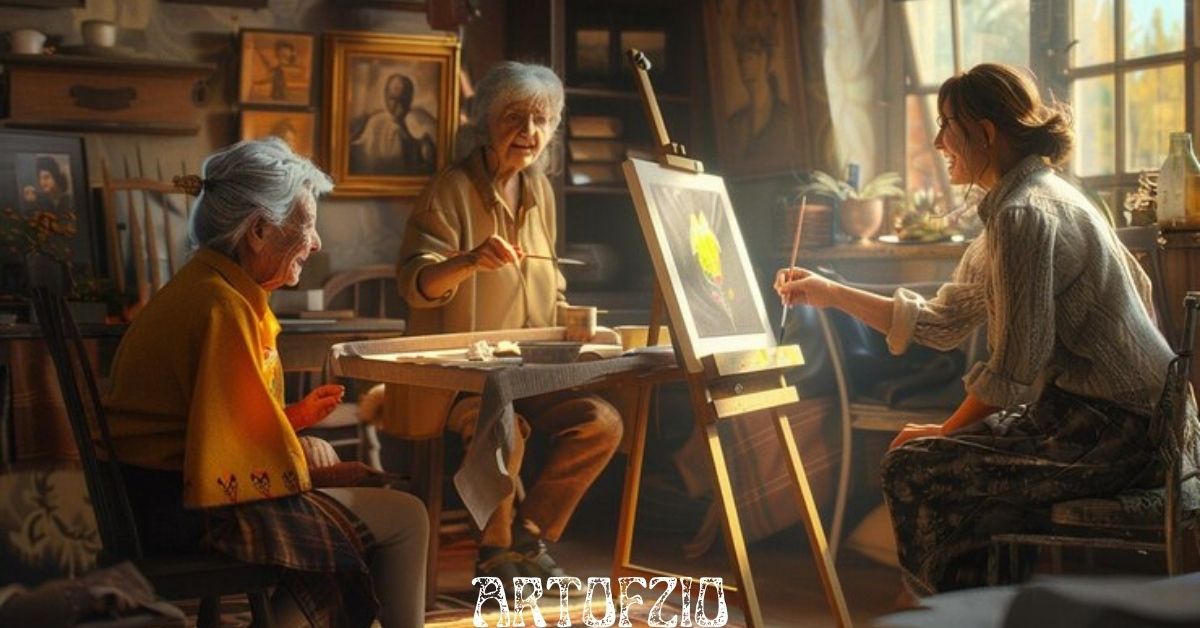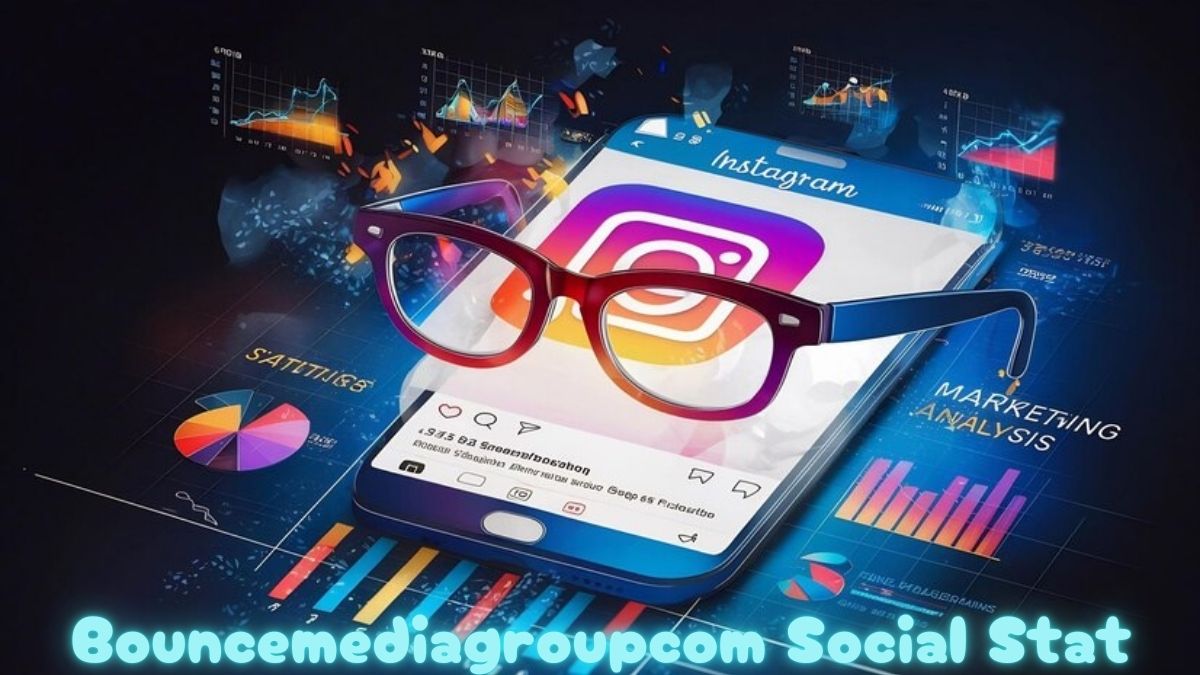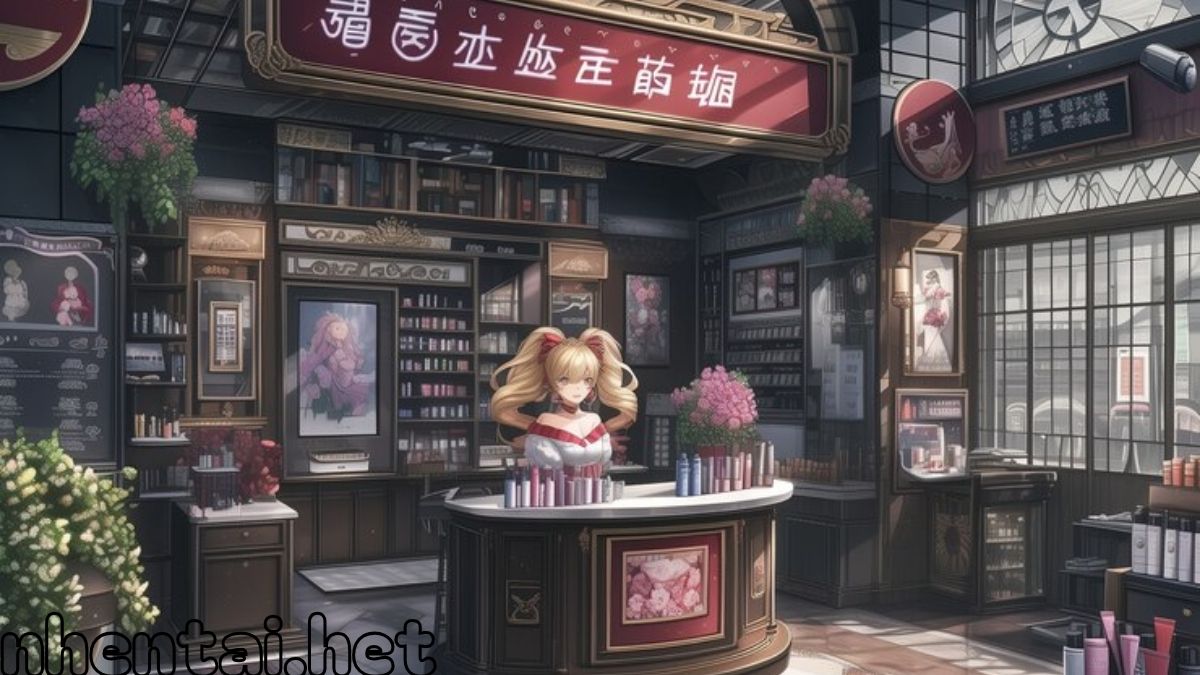Art has always been a medium of expression, evolution, and discovery. Over the centuries, it has transcended boundaries, shifting from traditional forms like painting and sculpture to embrace technology-driven innovations. One such groundbreaking movement is “Artofzio,” a concept that signifies the harmonious blending of traditional art practices with cutting-edge technology. This term represents more than just a style or trend—it encapsulates a philosophy of creativity that embraces modern tools while honoring the roots of artistic expression. This article explores Artofzio in depth, shedding light on its origins, principles, and its transformative impact on the world of art.
Understanding Artofzio
At its core, Artofzio is a concept that merges two distinct elements: the timeless essence of art and the innovative spirit of technology. The word itself symbolizes a hybrid approach, where artists push the boundaries of creativity by integrating digital tools, artificial intelligence, and mixed media into their works. Unlike traditional art movements that focus solely on physical mediums, It is a holistic practice that unites multiple disciplines, creating a unique synergy between human emotion and technological precision.
The Origins of Artofzio
The concept of Artofzio emerged in response to the digital revolution, which has fundamentally transformed how art is created, shared, and experienced. As artists began exploring the possibilities of new technologies, they found ways to blend traditional techniques with innovative tools like digital brushes, 3D modeling, and virtual reality. While no single individual can be credited with inventing it, its rise is attributed to the collective efforts of contemporary artists seeking to redefine artistic boundaries. The movement is deeply rooted in the cultural zeitgeist of the 21st century, characterized by rapid technological advancements and a growing appetite for immersive experiences.
Principles of Artofzio
Artofzio is guided by a few core principles that distinguish it from other movements. First and foremost is the fusion of innovation and tradition. Artists working within this framework strive to honor classical techniques while leveraging modern tools to expand the possibilities of their craft. Another critical principle is collaboration. Unlike the solitary nature of traditional art forms, Artofzio encourages interdisciplinary partnerships where creators from different fields, such as software developers, musicians, and designers, work together to produce unique works of art. Lastly, Artofzio emphasizes emotional resonance. The use of technology is not merely for spectacle but to evoke profound emotional responses, making art more engaging and accessible to audiences.
The Role of Technology in Artofzio
Technology plays a central role in the Artofzio movement, acting as both a medium and a muse. Artificial intelligence, for instance, allows artists to create generative art—pieces that evolve autonomously based on algorithms and machine learning. Virtual reality enables immersive experiences where viewers can interact with digital landscapes and even participate in the creative process. Augmented reality, on the other hand, brings art into everyday spaces, blending physical and digital realities seamlessly. By integrating these technologies, Artofzio artists are not only expanding the canvas but also redefining what it means to experience art.
The Impact on Traditional Art Forms
One of the most fascinating aspects of Artofzio is its ability to breathe new life into traditional art forms. Painters, for example, can now use digital brushes to create hyper-realistic or abstract pieces that were once impossible to achieve with physical tools alone. Sculptors can employ 3D printing technology to craft intricate designs that defy the limitations of traditional materials. Even performance art has been transformed, with artists using holograms, motion capture, and other digital tools to enhance their storytelling. By integrating these modern techniques, Artofzio ensures that traditional art forms remain relevant and continue to evolve in a rapidly changing world.
Artofzio in Digital Art
Digital art is perhaps the most prominent platform for the Artofzio movement. The rise of NFTs (non-fungible tokens) has provided artists with a new avenue to monetize and share their creations, fostering a global marketplace for digital art. This shift has democratized the art world, allowing creators to reach audiences far beyond traditional galleries and exhibitions. Furthermore, the incorporation of blockchain technology ensures authenticity and ownership, addressing long-standing issues of art forgery and duplication. As a result, digital art has become more accessible, transparent, and valued within the broader artistic community.
The Emotional Connection in Artofzio
One might assume that the use of technology in art diminishes its emotional impact, but Artofzio proves otherwise. By combining human creativity with technological innovation, artists are able to craft works that resonate deeply with audiences. For instance, interactive installations invite viewers to become part of the artwork, creating personal and memorable experiences. Similarly, AI-generated art can reflect human emotions and themes, offering a fresh perspective on universal subjects like love, loss, and identity. This emotional depth is what sets it apart, ensuring that technology enhances rather than overshadows the artistic process.
Challenges Facing Artofzio
While It is a revolutionary movement, it is not without its challenges. One significant issue is the balance between tradition and technology. Some critics argue that the reliance on digital tools diminishes the authenticity of art, making it more mechanical and less personal. Ethical considerations also arise, particularly with the use of AI. Questions about originality, authorship, and the potential for misuse of technology are ongoing debates within the community. Additionally, the environmental impact of NFTs and digital art, particularly concerning energy consumption, poses a challenge that artists and developers must address.
The Future of Artofzio
As technology continues to advance, the potential for Artofzio is limitless. Emerging trends such as AI-powered creativity and blockchain-integrated platforms are likely to shape the future of this movement. Educational institutions are also beginning to recognize the importance of it, with art schools incorporating courses on digital tools and interdisciplinary practices. The movement is expected to expand beyond the art world, influencing fields like design, architecture, and even education. By fostering a culture of innovation and collaboration, Artofzio is poised to become a cornerstone of modern creativity.
Conclusion
Artofzio represents a bold and transformative approach to art, redefining the boundaries of creativity through the integration of technology and tradition. It challenges artists to think beyond conventional methods and invites audiences to engage with art in entirely new ways. As the movement continues to grow, it holds the promise of reshaping the cultural and artistic landscape for generations to come.
FAQs
What is Artofzio?
It is an art movement that combines traditional techniques with modern technologies like AI, VR, and AR to create innovative and engaging works.
How does technology influence Artofzio?
Technology plays a crucial role by providing tools like AI for generative art, VR for immersive experiences, and blockchain for digital ownership.
Can anyone practice Artofzio?
Yes, It encourages participation from artists of all levels, fostering experimentation and creativity across disciplines.
What challenges does Artofzio face?
Key challenges include balancing tradition and technology, addressing ethical concerns around AI, and mitigating the environmental impact of digital art.
What is the future of Artofzio?
With ongoing advancements in technology and growing global interest, It is expected to influence art, design, and education on a global scale.





